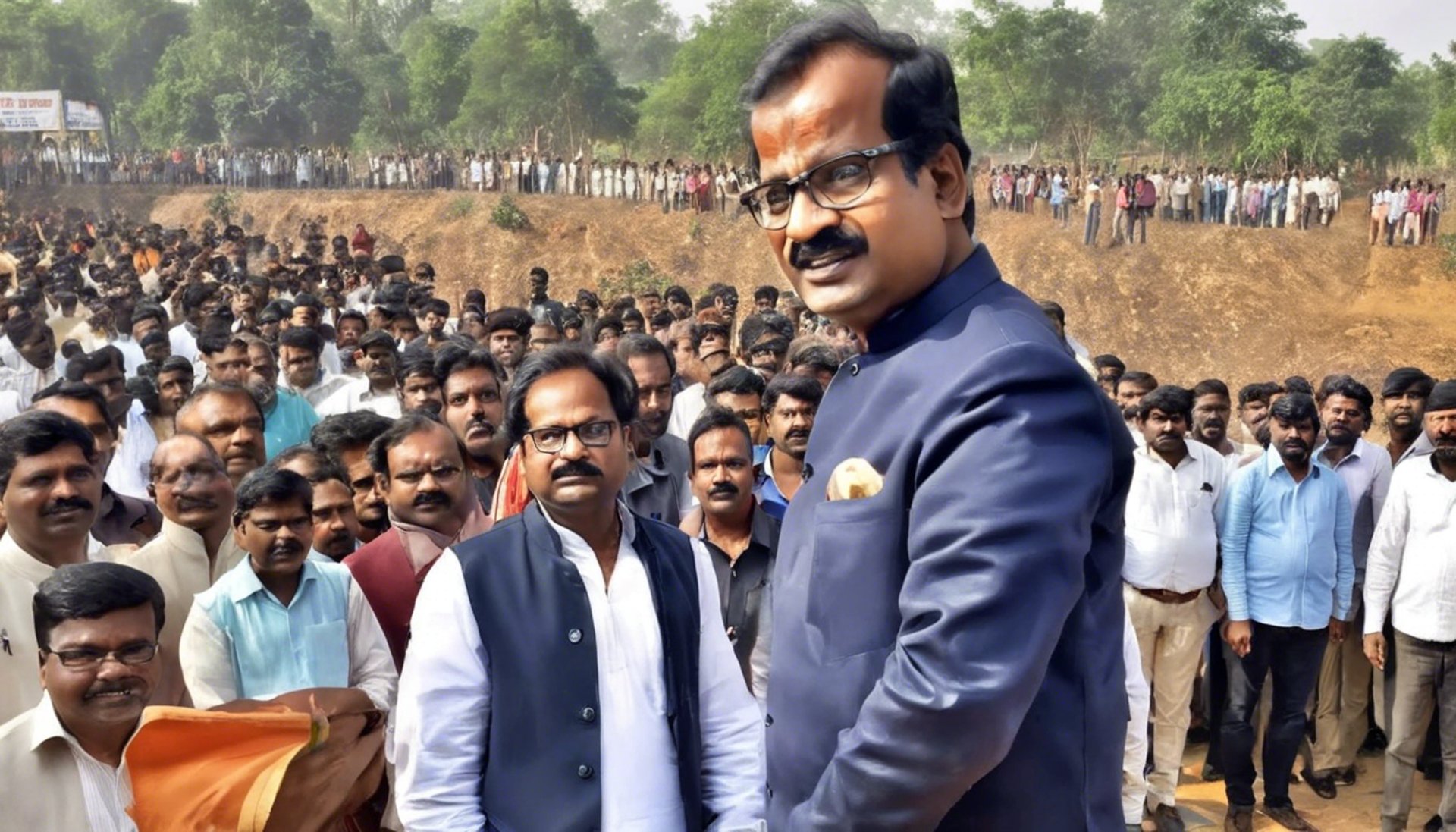A Historical Overview of Elections in Jharkhand
11/7/20242 min read

Introduction to Jharkhand Elections
Jharkhand, established in the year 2000 after being carved out of Bihar, has a rich and dynamic history of electoral politics. The journey of elections in this state is a testament to its evolving political landscape. Since its formation, Jharkhand has experienced a series of assembly elections, each contributing to the changing alliances and political narratives that make up its governance. The first assembly election took place in 2005, marking a significant milestone in the state’s democratic journey.
Major Political Parties and Their Impact
Over the years, several political parties have emerged as key players in Jharkhand’s electoral arena. The most prominent among them are the Jharkhand Mukti Morcha (JMM), the Bharatiya Janata Party (BJP), and the Indian National Congress (INC). Each of these parties has carved a niche for themselves by addressing the unique aspirations of the diverse population in Jharkhand.
The JMM has historically focused on regional rights and the aspirations of the tribal population, positioning itself as a champion of local issues. In contrast, the BJP has emphasized development, governance, and national integration as its core themes, appealing to a broad spectrum of voters. Meanwhile, the INC has struggled to maintain its influence amid shifting political loyalties but continues to advocate for social justice and inclusive development.
The Evolving Electoral Landscape
The electoral battles in Jharkhand are more than mere competitions between political parties; they reflect the evolution of the state’s identity. With each election, new issues surface, such as unemployment, education, and health care, contributing to a more informed electorate. The emergence of social media and digital campaigning has also changed how political parties engage with voters, making the channels of communication more accessible and immediate.
Moreover, the participation of various social and community organizations in the electoral process has enriched the dialogue on issues pertinent to the citizens of Jharkhand. Voter turnout has seen fluctuations, often influenced by local grievances and national politics, making every election unique in its context.
As Jharkhand approaches its next electoral cycle, the lessons from past elections—campaign strategies, voter engagement, and party dynamics—will undoubtedly shape the future outcomes. The state's electoral history is a mirror reflecting the aspirations and challenges of its citizens, providing critical insights into the ongoing political discourse.
